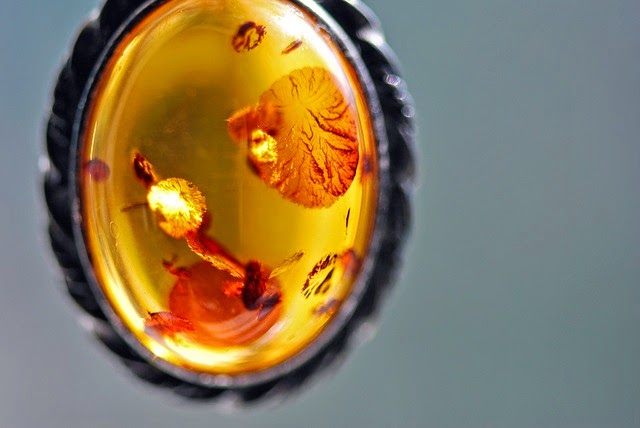Ant Beetle in Amber
Aside from being the name of a color, amber is fossilized tree resin. Paleontologists love it, because it trapped insects and things, and preserved them. Nowadays, scientists can examine the fossils. (Amber with bugs in it is also used as jewelry, which strikes me as a mite odd.) A new discovery of an ant beetle in amber is called a "transitional fossil". Really?
 |
| Credit: Pixabay / PublicDomainPictures |
Mayhaps one reason there's so much disagreement about "transitional fossils" (supposedly something evolving into something else) is that the definition of the term is so loose. I reckon it means that something looks like maybe it could be similar to something else. This new ant fossil? They're really reaching when they call it "transitional".
If ancient history according to Scripture is true, then what should we expect to find in animal fossils? Surely excellent body designs would top the list, closely followed by a lack of "transitional forms." A newly discovered specialized beetle inside Indian amber provides another peek into the past and an opportunity to test these Bible-based expectations.You can read the rest of the article by clicking on "Amazing Ant Beetle Same Today as Yesterday".
Joseph Parker, a research associate at the American Museum of Natural History, specializes in this type of ant beetle, called Protoclaviger. He told the AMNH, "Protoclaviger is a truly transitional fossil." He and AMNH curator David Grimaldi coauthored a paper describing the find in Current Biology, where they wrote, "Protoclaviger captures a transitional stage in the evolutionary development of this novel body plan, most evident in its still-distinct abdominal tergites."